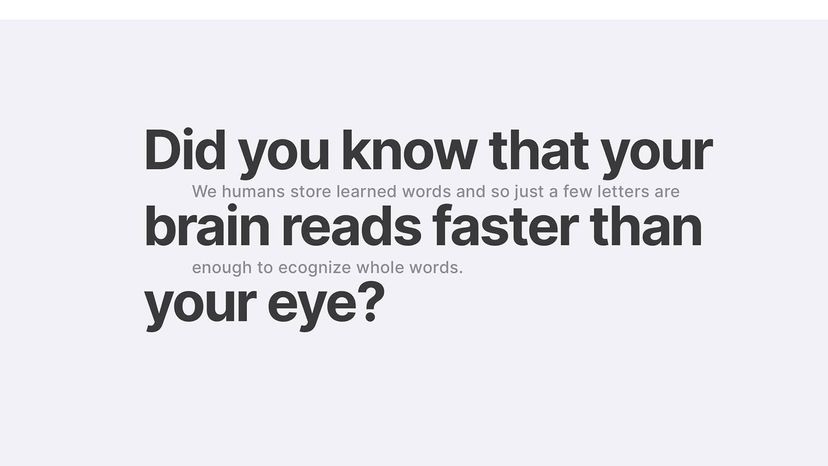
Ever dream of having superpowers? Maybe you'd like to be invisible or have the ability to fly. Or maybe you'd prefer to read minds or have X-ray vision and bionic powers. Any of these would be cool.
As it turns out, you do have a natural, built-in superpower. Even if you don't consider yourself a particularly fast reader, you naturally read in a way that some consider bionic.
Advertisement
Merriam-Webster defines bionic as "having normal biological capability or performance enhanced by or as if by electronic or electromechanical devices." Although the idea of "bionic reading" is nothing new, the term is a recent creation for an app developed by Swiss typographic designer Renato Casutt. The app is built around the idea that our "brains read faster than our eyes," so it highlights the letters or words that our brains "see" to process the words we read (more on that in minute).


